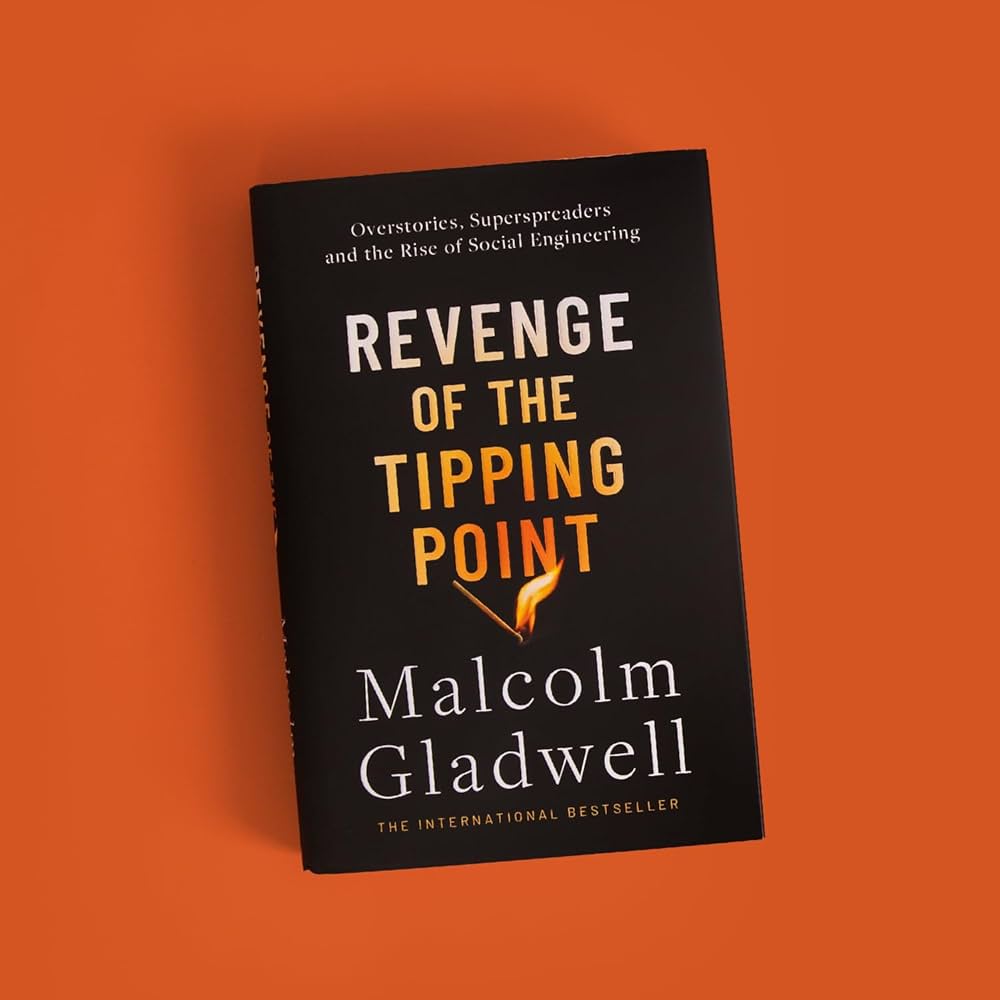Chapter 9: Overstories, Superspreaders, and Group Proportions “OxyContin is our ticket to the moon.”
byChapter 9 explores the devastating impact of opioids, particularly focusing on the role of Purdue Pharma and its marketing practices in the opioid epidemic in the United States. The opium poppy, known for its sap, is the source of substances like morphine, heroin, and oxycodone, with the latter becoming central to Purdue Pharma’s OxyContin. Purdue’s aggressive promotion of OxyContin as a solution for pain management while downplaying the addiction risks led to its widespread use and significant consequences. The company’s actions helped spark a public health crisis that is still being felt today, with OxyContin often being cited as one of the driving forces behind the opioid epidemic. The chapter delves into how this pharmaceutical giant reshaped the conversation surrounding opioids, influencing not only medical professionals but also legislative frameworks that ultimately contributed to the crisis.
The chapter also addresses the Sackler family’s involvement in the creation and promotion of Purdue Pharma. In their testimony before Congress, Kathe Sackler and David Sackler offered different levels of accountability for their company’s role in the opioid crisis. Kathe Sackler appeared detached, citing her inability to foresee the consequences of her actions, while David Sackler acknowledged some moral responsibility for the widespread addiction linked to their product. However, both dismissals reflect a broader issue seen throughout the epidemic—key figures involved in the crisis often distance themselves from the consequences of their actions. This pattern highlights the disconnection that can occur when major corporations contribute to public health crises, evading responsibility even as the impact of their decisions is felt across the country.
Throughout the chapter, academic studies and data are referenced to demonstrate the wide-ranging effects of opioid addiction across different U.S. states and countries. Significant discrepancies in opioid overdose death rates were identified, revealing that the epidemic was distinctly American, with varying regional impacts influenced by local prescribing practices. States that implemented stricter legislative measures, such as triplicate prescription rules, saw lower rates of opioid addiction and overdose deaths. This demonstrates the power of regulation and the direct connection between policy changes and public health outcomes. The chapter emphasizes how state-level decisions on how opioids are prescribed and controlled played a major role in either curbing or exacerbating the epidemic’s spread.
The chapter also explores the contributions of Paul E. Madden, who pushed for more rigorous control over narcotics in California. Madden’s policies mandated thorough record-keeping for opioid prescriptions, ensuring that doctors were more accountable for their prescribing practices. These regulations led to a cultural shift in the medical community, where physicians became more vigilant about the potential for addiction and the risks associated with opioid use. Madden’s work laid the foundation for contemporary measures that continue to influence how opioids are prescribed today. His emphasis on accountability and stricter control measures starkly contrasts with the more lenient approach advocated by others, highlighting the ongoing tension between pain management and addiction prevention.
On the other side of the debate is Russell Portenoy, who became a key advocate for pain management, arguing that strict narcotic controls hindered doctors’ ability to treat pain effectively. Portenoy’s promotion of opioids as a solution for chronic pain was pivotal in shifting the medical community’s view on opioids, encouraging their broader use. His views, however, ignited a polarizing response, with many arguing that his stance contributed to the widespread misuse of prescription opioids. The chapter explores this tension, illustrating how differing opinions within the medical community contributed to the broader public health crisis.
Purdue Pharma’s marketing strategy, particularly targeting “superspreader” doctors—those who prescribed disproportionately high amounts of opioids—was another key factor in the epidemic’s growth. These physicians, who were responsible for a large percentage of opioid prescriptions, helped fuel the crisis by making opioids more accessible. By focusing on this small group of high-prescribing doctors, Purdue was able to amplify the use of its product, ensuring that effective controls and safeguards were bypassed. This strategy exacerbated the epidemic, illustrating how a small group of individuals, when empowered by corporate interests, can significantly influence public health outcomes.
Ultimately, the chapter underscores the complex nature of the opioid epidemic and the multiple forces at play in shaping its trajectory. It highlights the importance of understanding how drug access, marketing strategies, and regional regulatory measures can alter the course of public health crises. The opioid epidemic serves as a stark reminder of the need for proactive narratives, rigorous controls, and collective action to address such widespread issues. The chapter calls for ongoing awareness and adaptation to ensure that future public health crises can be managed more effectively, with a focus on accountability, regulation, and education.


